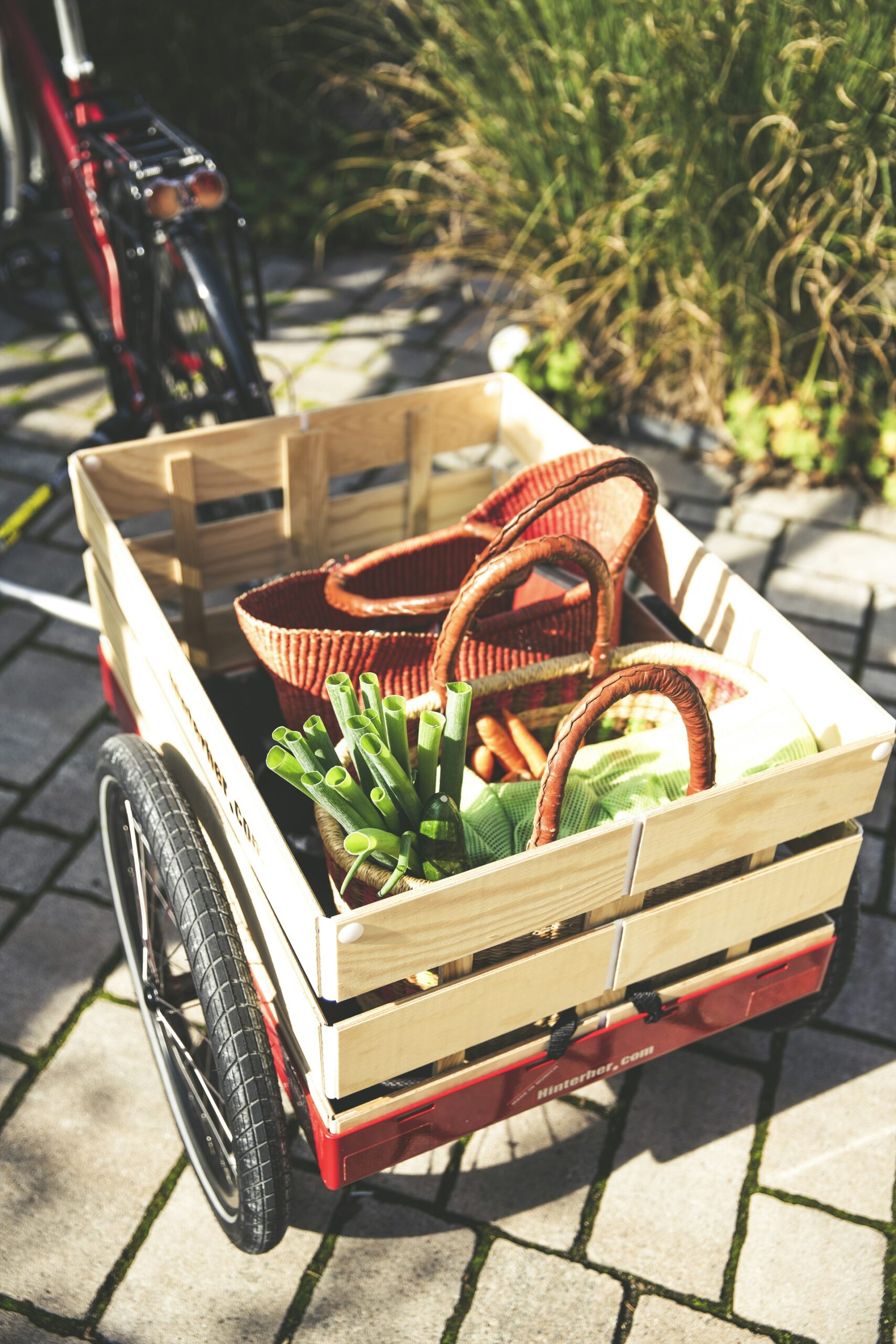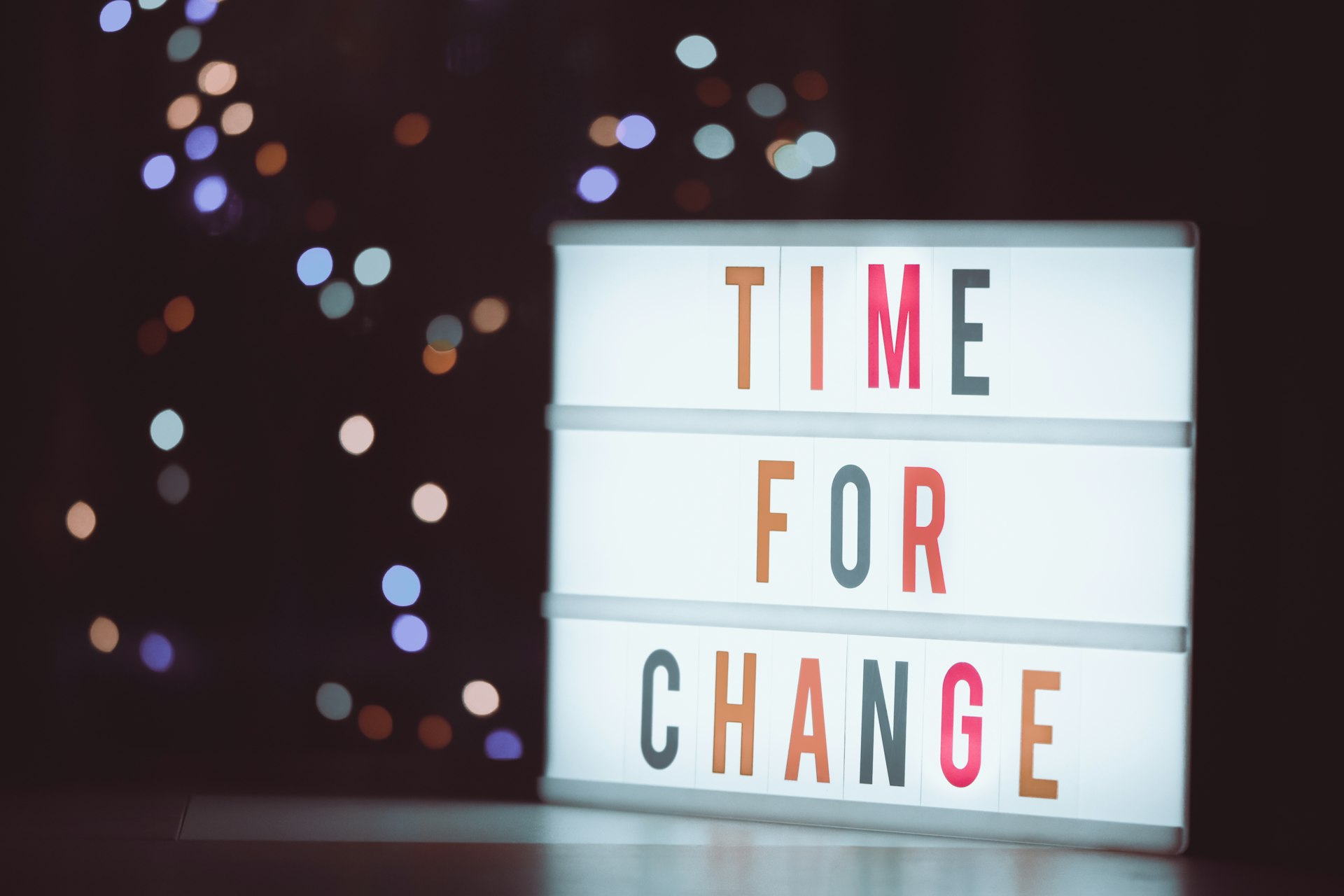Begin Your Journey: Practical Steps Toward a Sustainable Lifestyle

Photo by Markus Spiske on Unsplash
Introduction: What Does It Mean to Live Sustainably?
Adopting a sustainable lifestyle means making choices that minimize your impact on the environment while benefiting your health, finances, and community. This approach involves reducing waste, conserving resources, and supporting practices that protect natural systems. Starting this journey can seem daunting, but small, consistent steps offer lasting results. Below, you’ll find comprehensive guidance and examples to help you take action, overcome challenges, and discover alternatives for every major area of life.
[3]
1. Change Starts at Home: Reduce, Reuse, and Recycle
The foundation of sustainable living is minimizing waste. Begin by evaluating what you use and discard each day. Reduce unnecessary purchases-question whether each item is essential before buying. Reuse containers, bags, and clothing when possible, and recycle according to your local guidelines. Many municipalities provide lists of acceptable recyclables; printing these and keeping them visible in your kitchen can help.
[2]
For example, instead of buying bottled water, invest in a reusable stainless steel or glass bottle. Replace plastic wrap with beeswax alternatives or reusable silicone covers. These choices may seem minor, but they add up significantly over time. Challenges include remembering to bring reusable bags or containers, but setting reminders or keeping them stored in your car helps make it routine.
If you’re unsure about recycling rules, contact your city’s waste management department or visit their official website for detailed instructions.
2. Mindful Consumption: Rethink Shopping and Food Choices
Every shopping decision is an opportunity to support sustainability. Buy less overall, and prioritize quality over quantity-clothing, electronics, and home goods made to last reduce waste and often save money long-term.
[3]
Food choices have a major impact: eating plant-based meals even one day per week can significantly lower your carbon footprint. Shop locally and seasonally when possible, and read food labels to avoid overly processed items. Supporting local farmers’ markets or joining a community-supported agriculture (CSA) group promotes local economies and reduces the distance food travels to reach you.
[1]
If you have outdoor space or even a sunny windowsill, consider growing some of your own produce. Urban gardens, container planting, and community plots are accessible to beginners. Not only does home gardening provide fresh, inexpensive food, it helps you learn valuable skills and reduces packaging waste.
For those new to sustainable shopping, explore secondhand stores for clothing and household items. Many eco-conscious brands offer transparency about materials and manufacturing practices. To avoid greenwashing, research brands using review sites and official sustainability certifications.
3. Cut Down on Single-Use Plastics and Packaging
Single-use plastics contribute greatly to pollution and waste. Replace disposable items-such as grocery bags, straws, and takeout containers-with reusable alternatives made from stainless steel, bamboo, or cotton.
[4]
Reduce packaging by buying in bulk, choosing unwrapped produce, and bringing your own containers to stores that allow it. When shopping online, seek companies that minimize shipping materials and consider consolidating orders to reduce transport impact.
If you’re unable to find reusable options locally, search for “eco-friendly household products” online and check retailer reviews for authenticity and effectiveness. When in doubt, you can consult consumer advocacy organizations or sustainability-focused blogs for vetted recommendations.
4. Energy and Water Conservation: Small Adjustments, Big Results
Conserving energy and water not only benefits the environment but also lowers monthly bills. Simple steps include switching to LED light bulbs, unplugging electronics when not in use, and adjusting thermostats seasonally. For water, take shorter showers, fix leaks promptly, and install low-flow fixtures. Xeriscaping-using drought-tolerant native plants-reduces outdoor water use and supports local wildlife.
[5]
Many utilities offer rebates for upgrading to energy-efficient appliances. To learn about available programs, visit your local utility company’s official website and search for “energy efficiency rebates.” If you rent, ask your landlord about possible upgrades or low-cost improvements.
5. Responsible Transportation: Rethink How You Get Around
Transportation is a major source of carbon emissions. Consider walking, cycling, or using public transit for daily commutes. Carpooling with coworkers reduces costs and impact. For longer journeys, limit flights and choose direct routes when possible.
[4]
If you need a vehicle, opt for fuel-efficient or hybrid models. Research “carpool programs” in your area, or ask your employer about ride-sharing initiatives. For those unable to avoid driving, combine errands into single trips to reduce fuel use.
6. Conscious Clothing: Avoid Fast Fashion and Embrace Quality
The fashion industry is a significant contributor to environmental harm. Fast fashion relies on cheap, disposable garments that end up in landfills. Instead, buy fewer, higher-quality items and repair clothing when possible.
[5]
Shop secondhand, participate in clothing swaps, and support brands using organic, sustainably sourced materials. Before purchasing new clothes, investigate the manufacturer’s environmental practices through their official website or trusted third-party certifications. Learning basic mending skills extends the life of your wardrobe and reduces waste.
7. Limit Toxic Chemicals: Clean Green
Many household cleaners contain chemicals harmful to both people and the environment. Opt for green cleaners-either store-bought (look for certifications) or homemade using simple ingredients like vinegar, baking soda, and lemon juice.
[1]
To get started, search for “eco-friendly cleaning recipes” or visit your local co-op for products with verified green labels. Some organizations provide lists of approved non-toxic products-check their official sites for details.
8. Start a Sustainability Journal
Tracking your habits helps maintain progress and identify areas for improvement. Record daily actions, challenges, and successes in a sustainability journal. This method encourages accountability and provides motivation.
[3]
Set weekly goals-such as reducing landfill waste or limiting energy use-and review outcomes regularly. If you prefer digital tools, search for “sustainability tracker apps” to find options compatible with your devices.
9. Get Involved: Community and Advocacy
Building a sustainable lifestyle is easier with support. Talk with friends and family about sustainability and invite them to participate in shared green routines. Join local environmental groups or online forums to exchange ideas and stay motivated.
[1]
You can make a broader impact by signing petitions, supporting organizations focused on climate action, and communicating your preferences to companies and policymakers. When seeking reputable petitions or advocacy groups, visit major environmental organizations’ official websites.

Photo by Pineapple Supply Co. on Unsplash
10. Overcoming Challenges and Finding Alternatives
Common obstacles include higher upfront costs for sustainable products, limited access to local resources, and lack of community support. To address these, look for rebates and financial incentives from utilities or government agencies, explore online groups for advice, and start small to build confidence. Many sustainable practices-like reducing energy use or food waste-lead to long-term savings and health benefits.
For alternatives, explore multiple approaches: if growing food isn’t feasible, join a produce box delivery service; if public transit is unavailable, organize carpools or telecommute when possible. Flexibility ensures your sustainable lifestyle adapts to changing circumstances.
Summary and Key Takeaways
Starting a sustainable lifestyle is a process of continuous improvement. Focus on reducing waste, consuming mindfully, conserving resources, and engaging your community. Use step-by-step strategies, track your progress, and seek alternatives when faced with obstacles. With each action, you contribute to a healthier planet and a more resilient future.
References
- David Suzuki Foundation (2023). Fifteen top tips for everyday sustainable living.
- Isle Acre Farms (2022). Sustainable Living for Beginners: 10 Ways to Ease Into It.
- Bon+Berg (2023). The Ultimate Guide to Sustainable Living: Easy Steps for Everyday Life.
- UNICEF USA (2023). A Guide to Sustainable Living.
- Center for Biological Diversity (2022). 12 Ways to Live More Sustainably.
MORE FROM promohunterpro.com













